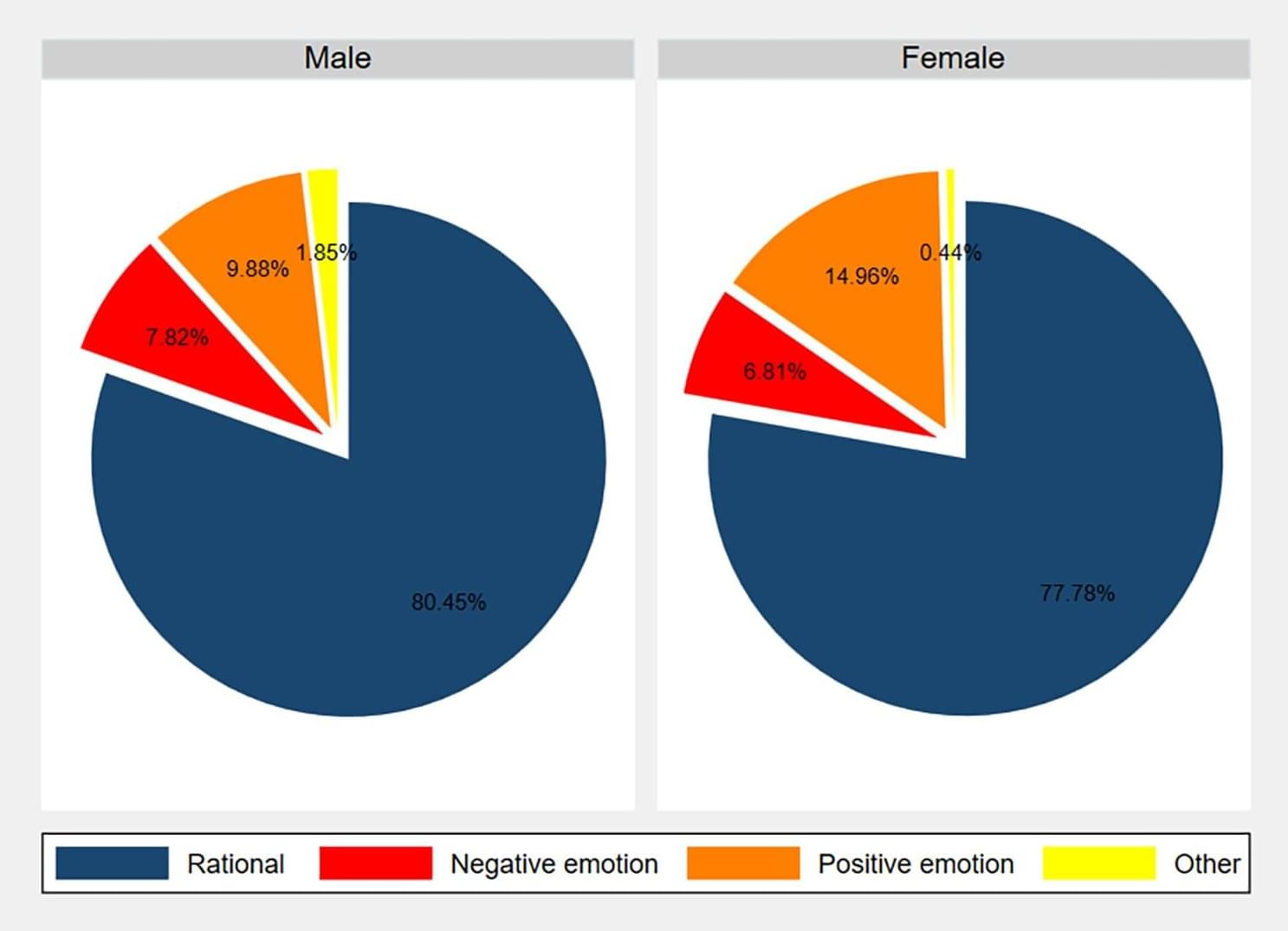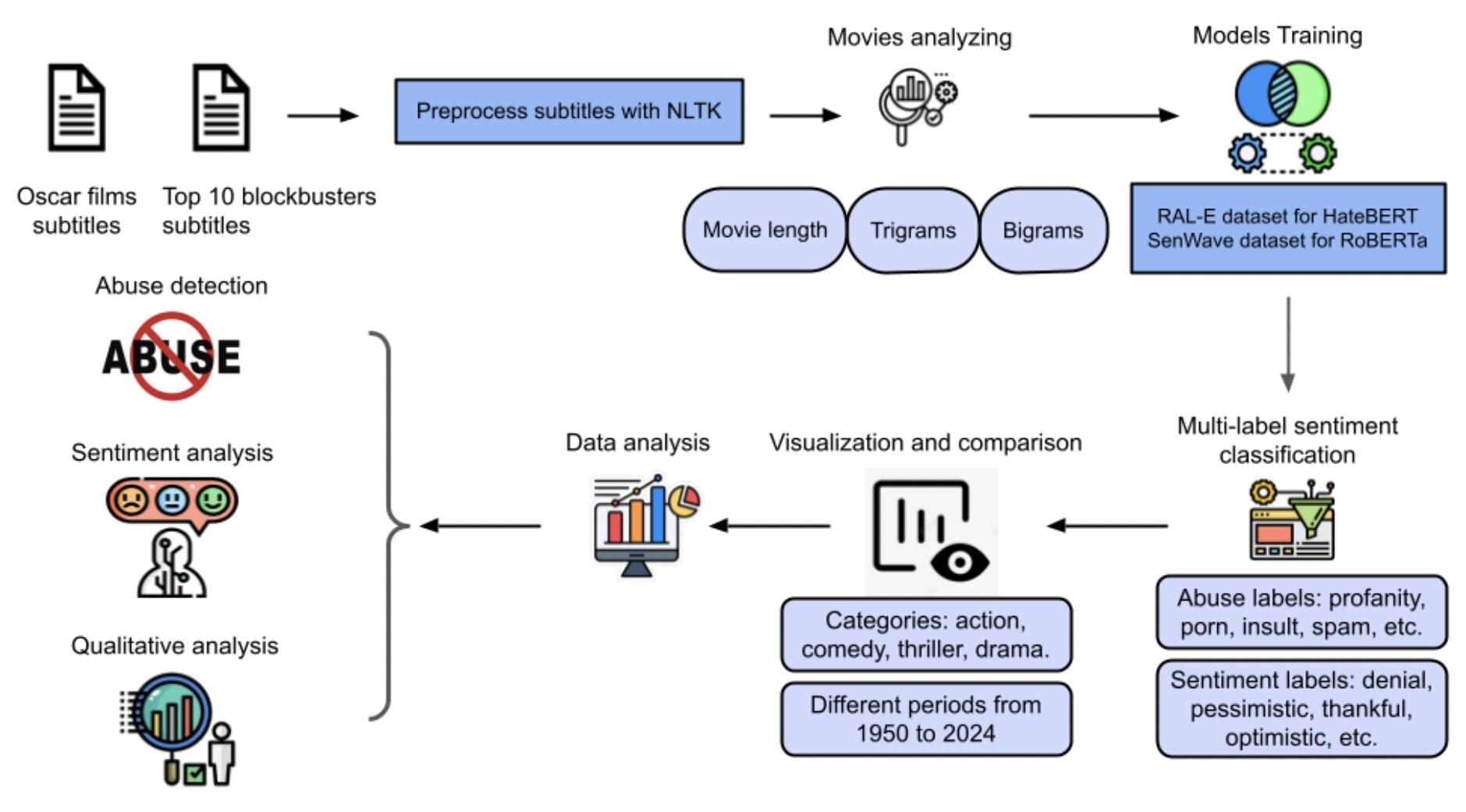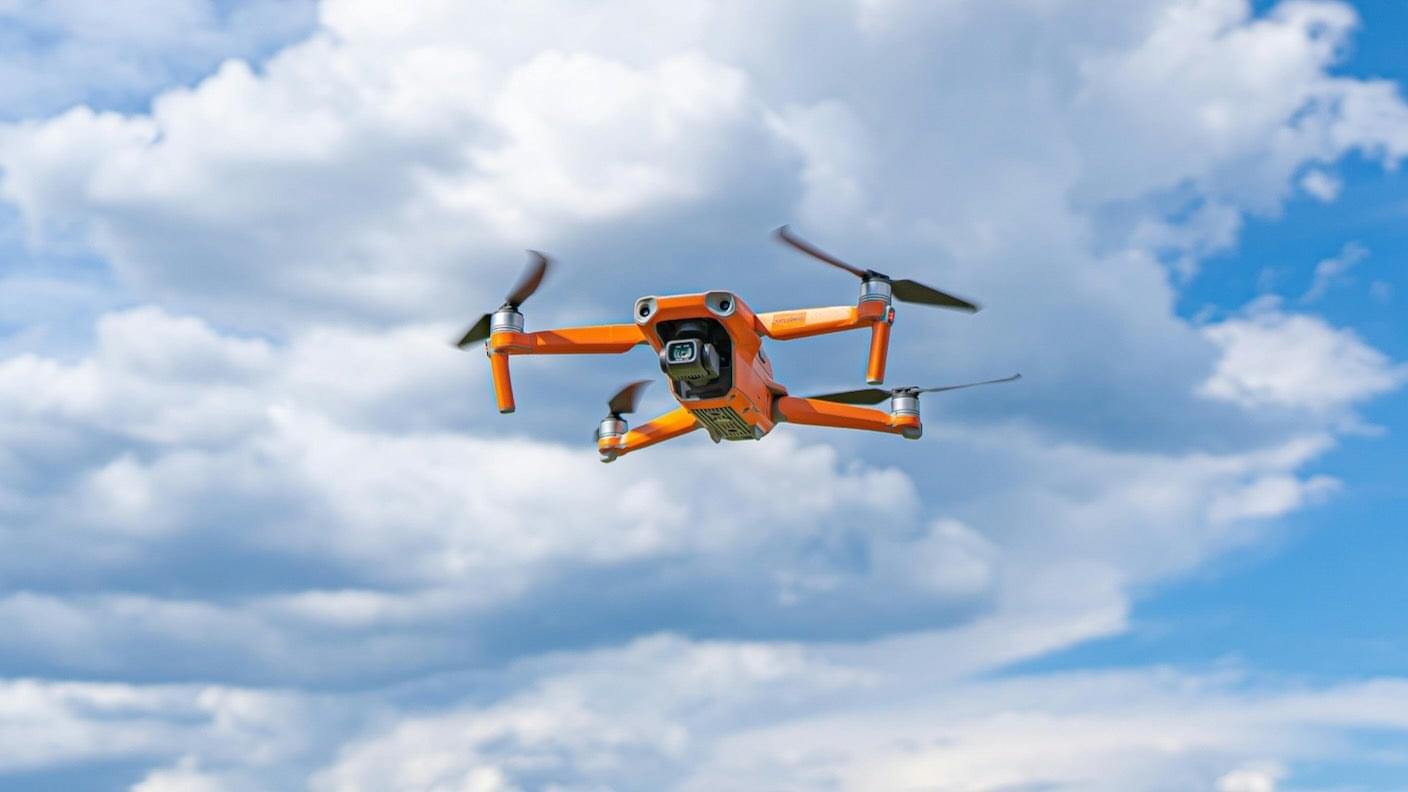A group of psychologists and economists at Jaume I University, in Spain, has found evidence that women are more generous than men. In their study published in the open-access journal PLOS ONE, Iván Barreda-Tarrazona, Ainhoa Jaramillo-Gutiérrez, Marina Pavan, and Gerardo Sabater-Grande conducted experiments with volunteers playing “the Dictator Game.”
Prior research has suggested that men and women are nearly equal regarding financial generosity. But the team noted that virtually all such studies have involved small numbers of volunteer participants. In this new work, the group attempted to learn more about gender-based generosity by recruiting 1,161 volunteers to play the Dictator Game, and used the results to measure generosity.
The Dictator Game is a type of ultimatum game developed by psychologists to determine if people act solely out of self-interest. Players are given a certain amount of money and are asked if they would like to share some or all of it with a second, anonymous player. The second player is at the mercy of the first; they will receive only the amount offered by the first player.









